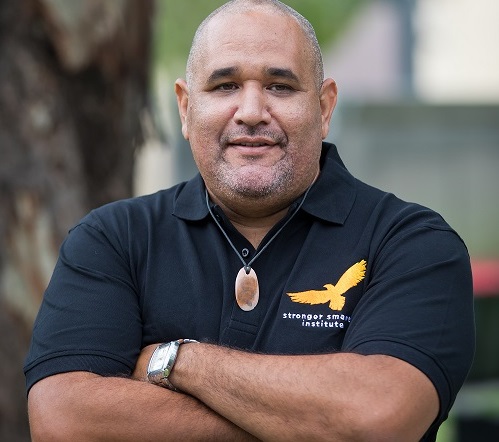
Next week, a four-day program will see educators trained on how to incorporate STEM Indigenous knowledges into their pedagogy.
The Stronger Smarter Institute’s Indigenous Knowledges in Science, Technology, Engineering and Mathematics (SSiSTEMIK) program is the first element of what will be a much wider program on STEM and Indigenous knowledges, funded by the Federal government and expected to launch in a few months.
The Educator spoke to Dr John Davis, Chief Research Officer at the SSI, about what he sees as the most powerful aspects of SSiSTEMIK for principals who are aiming to improve Indigenous education for their students.
“SSiSTEMIK builds on the strengths of Indigenous Knowledges and people,” Davis said.
“The focal point of SSiSTEMIK training is the notion that Indigenous people, with a 65,000 year old culture, represent the ‘First Scientists, the First Astronomers, the First Mathematicians and Engineers.”
Davis said that within ACARA’s National curriculum frameworks, this is referred to as a ‘cross-curricula priority’.
“What SSiSTEMIK does is centre Indigenous Knowledges within Science curriculum. We are offering a Culturally Responsive Pedagogical and Curriculum approach through being SSiSTEMIK,” he explained.
“For example: what are the Indigenous Knowledges in STEM? What processes from age-old practices have been imprinted across the country, such as fire stick farming, that can be woven into curriculum right now?”
Davis pointed out that, as international PISA testing shows, Indigenous students demonstrate a high-level of interest in science concepts.
However, he said this high-level interest and potential is not being converted into tangible tertiary pathways in STEM.
“The Institute wants to take this challenge head on with schools and provide through SSiSTEMIK the most cutting edge, Culturally Responsive Pedagogical and Curriculum insights on IK and how to achieve this,” he said.
‘A culturally inclusive response approach’
Victor Steffensen is a leading voice on Indigenous Knowledge and Culturally Responsive Curriculums.
Steffensen told The Educator that incorporating Indigenous knowledge into pedagogy is important and STEM as a whole can benefit by adopting a more culturally inclusive approach.
“Including indigenous knowledge into culturally responsive pedagogies is crucial to assisting future learning of all children and the recognition and survival of the Australian Aboriginal culture,” Steffensen said.
“Making education relevant to the student and their place culturally can only encourage students to feel inclusive and encouraged to learn.”
Steffensen said the indigenous way of learning is different to western education as it is more practical and demonstrated within community surroundings.
“Involving community as part of the content is a part of this which activates their local surroundings to become part of the classroom,” Steffensen said.
“Bringing youth onto country to experience and learn about cultural practices such as fire management has sparked an amazing shift, as many communities around Australia are starting to incorporate country and community this way.”
Steffensen said that supporting teachers with resources and workshops to understand the value of this is needed to support them to engage with students this way.
“Indigenous knowledge has a wealth of information that includes environmental science and community wellbeing and can be shared across all cultural divides within Australia,” he said.
“Demonstrating how this is valued in caring for our environment can shape innovated jobs and solutions into the future. Shaping this knowledge across the goals of the STEM education approach will encourage students to engage new world solutions shaping the jobs of the future.”
Related stories:
Indigenous education improving, but challenges remain
‘Strengths-based approach’ needed for Indigenous education
Closing the Gap: How is Australia tracking 10 years on?


